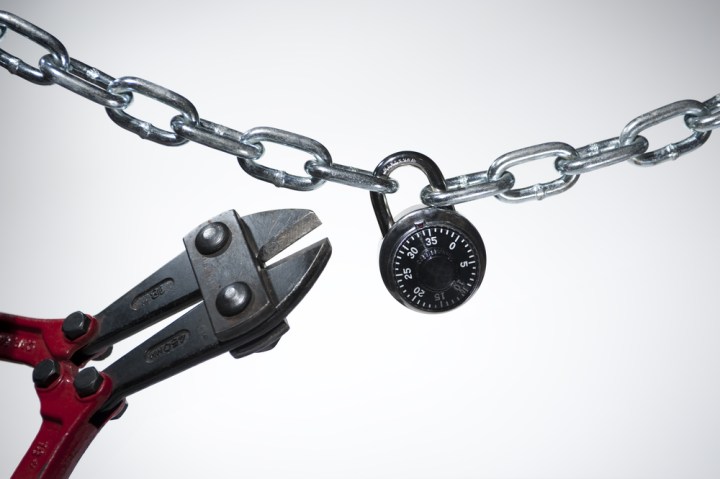
Victory! In a deal with the Federal Communications Commission, the organization that represents all five major wireless carriers in the United States has agreed to some policy changes that will allow customers to unlock their cell phones within two days after a request to do so is made, as long as the customers have satisfied their contract.
“We believe this agreement will continue to foster the world-leading range of devices and offerings that Americans enjoy today,” said CTIA, the lobbying group for AT&T, Sprint, T-Mobile, US Cellular, and Verizon Wireless, in a statement.
The agreement was announced today by CTIA, which will adopt a set of six “principles” that will be added to CTIA’s Consumer Code, and make it easier for wireless customers to unlock their cell phones and tablets.
In addition to unlocking the devices of qualified customers who request the service (customers who have paid off their phone), and doing so within two days, the principles include:
- Posting information about unlocking on company websites.
- Notifying customers when they’re eligible to unlock their device, or simply unlocking qualified devices automatically.
- Unlocking pre-paid customers’ devices within one year after they first begin service.
- Unlocking devices for military personnel who are deployed overseas.
Once the principles are added to the CTIA’s Customer Code, wireless companies “will move quickly to implement these principles,” according to the CTIA.
The CTIA’s “voluntary” adoption of these principles comes as a result of efforts by new FCC Chairman Tom Wheeler, who sent a letter to CTIA President Steve Largent earlier this year, laying out how the FCC would like wireless providers to handle unlocking.
Unlocking cell phones or tablets allows customers to freely move from one network to another, or to use their handsets while traveling overseas. The practice was re-established as illegal earlier this year by the Librarian of Congress because the process requires altering a locked device’s firmware, which is a violation of the Digital Millennium Copyright Act (DCMA). The DCMA rule change brings with the possibility of fines and jail time for those who unlock their device without carrier permission.
Following the DCMA rule change, consumer rights advocates launched a successful We the People petition, which received 114,000 signatures, prompting a response from the Obama administration, which supported efforts to overturn unlocking’s illegal status.
“Today’s announcement is an important step forward for consumers,” said Gene Sperling, Assistant to the President for Economic Policy and Director of the National Economic Council, in a statement. “First and foremost, the voluntary agreement will help to ensure carriers unlock phones in a manner that is reliable, transparent, and timely.”
Despite the progress made in the agreement, consumer advocates and the White House believe the law needs to be changed so that unlocking is no longer illegal. Sperling and activist Sina Khanifar, who launched the We the People petition, offered support for the Unlocking Consumer Choice and Wireless Competition Act, which would do just that.
Editors' Recommendations
- The top 7 bestselling phones of 2023 were all … you guessed it
- Apple will now let you fix your own iPhone in win for right-to-repair campaigners
- How to unlock your iPhone to use it with another carrier
- How to stop apps from tracking your location in Android and iOS
- The best 5G phones for Verizon
